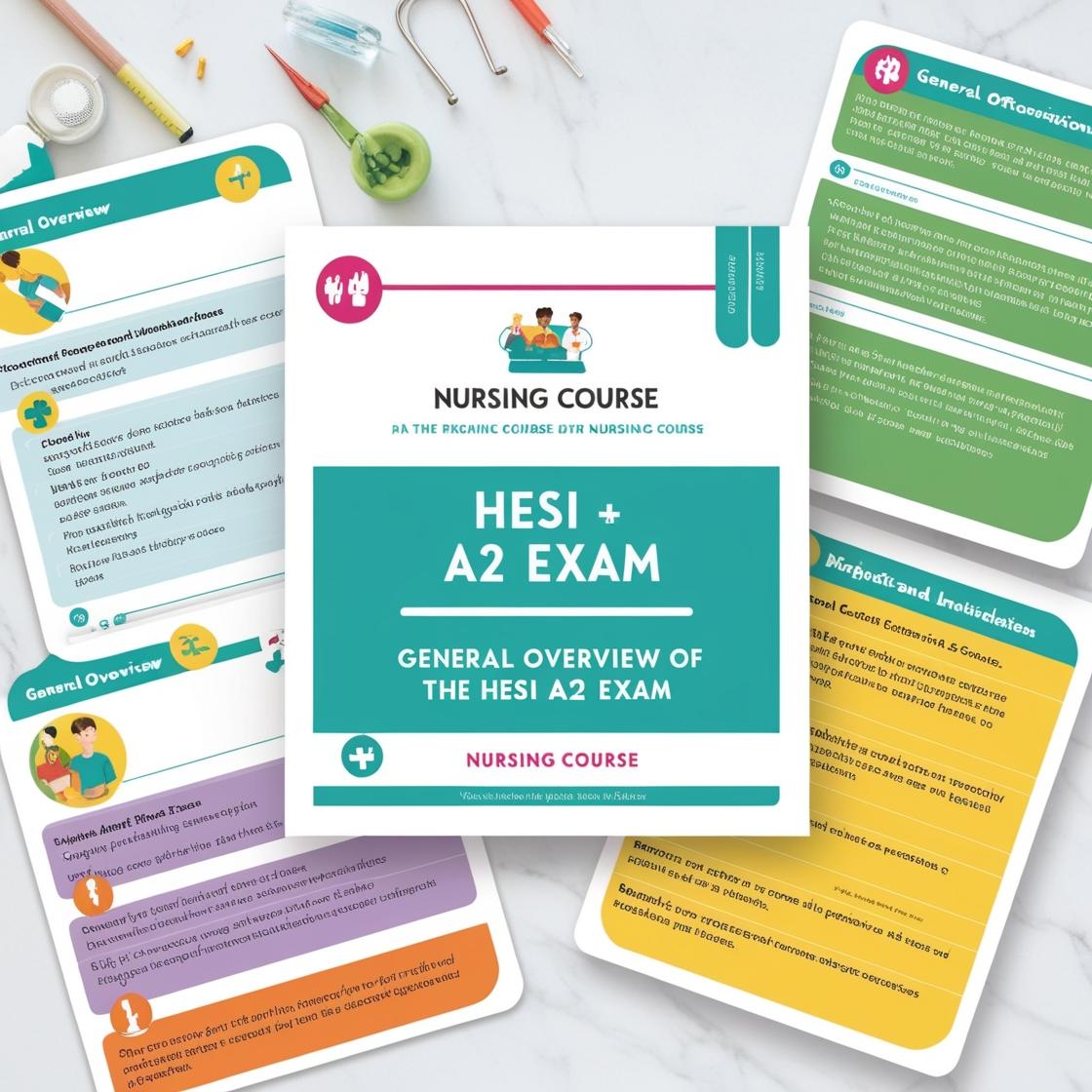HESI A2
HESI A2 Chemistry Practice Questions
1. Which of the following represents a hydride ion?
- A. H⁻
- B. H⁺
- C. OH⁻
- D. HCl
Correct answer: A
Rationale: The hydride ion is denoted by H⁻, indicating that it has gained an extra electron to complete its valence shell, resulting in a full octet and a net charge of -1. This ion is commonly found in metal hydrides and plays a significant role in various chemical reactions. Option B, H⁺, represents a proton with a positive charge. Option C, OH⁻, represents the hydroxide ion, consisting of oxygen and hydrogen. Option D, HCl, is a compound composed of hydrogen and chlorine ions, not a hydride ion.
2. Which substance forms hydroxide ions when placed in water?
- A. Lemon juice
- B. Battery acid
- C. Vinegar
- D. Lye
Correct answer: D
Rationale: The correct answer is D, lye. Lye, also known as sodium hydroxide (NaOH), is a strong base that forms hydroxide ions (OH-) when placed in water. When lye dissolves in water, it dissociates into sodium ions (Na+) and hydroxide ions, making it an alkaline substance. Lemon juice, battery acid, and vinegar do not form hydroxide ions when placed in water. Lemon juice contains citric acid, battery acid contains sulfuric acid, and vinegar contains acetic acid, none of which produce hydroxide ions when dissolved in water.
3. Cobalt-60 has a half-life of 5 years. If you start with 20 g of cobalt-60, how much is left after 10 years?
- A. 15 g
- B. 10 g
- C. 5 g
- D. 2.5 g
Correct answer: C
Rationale: Cobalt-60's half-life of 5 years means that after 5 years, half of the initial amount remains. Therefore, after 10 years, a quarter (half of a half) of the initial amount will remain. Starting with 20 g, after 10 years, 5 g of cobalt-60 will be left. Choice A (15 g) is incorrect because it assumes a linear decrease, not considering the exponential decay characteristic of radioactive substances. Choice B (10 g) is incorrect as it overlooks that after 10 years, more decay has occurred. Choice D (2.5 g) is incorrect as it represents only an eighth of the initial amount after 10 years, not a quarter.
4. Which one does not name a polar molecule?
- A. NH₃
- B. H₂S
- C. SO₂
- D. CO₂
Correct answer: A
Rationale: The correct answer is NH₃. The molecule NH₃ does not represent a polar molecule because nitrogen and hydrogen in this molecule have a small difference in electronegativity that does not result in a significant polar covalent bond. In contrast, molecules H₂S, SO₂, and CO₂ have polar covalent bonds due to larger electronegativity differences, making them polar molecules. Therefore, options B, C, and D are polar molecules, unlike option A.
5. What happens in a single displacement reaction?
- A. A compound decomposes into two substances.
- B. An active element displaces a less active element.
- C. A precipitate solid forms from the reaction of two solutions.
- D. The oxidation states of atoms in the reactants change.
Correct answer: B
Rationale: In a single displacement reaction, an active element displaces a less active element in a compound. This process involves one element replacing another in a compound, resulting in the formation of a new compound. Option A is incorrect because a single displacement reaction does not involve the decomposition of a compound into two substances. Option C is incorrect because it describes a precipitation reaction, not a single displacement reaction. Option D is incorrect because it describes oxidation-reduction reactions, not specifically single displacement reactions.

Access More Features
HESI A2 Basic
$89/ 30 days
- 3,000 Questions with answers
- 30 days access
HESI A2 Premium
$129.99/ 90 days
- Actual HESI A2 Questions
- 3,000 questions with answers
- 90 days access
